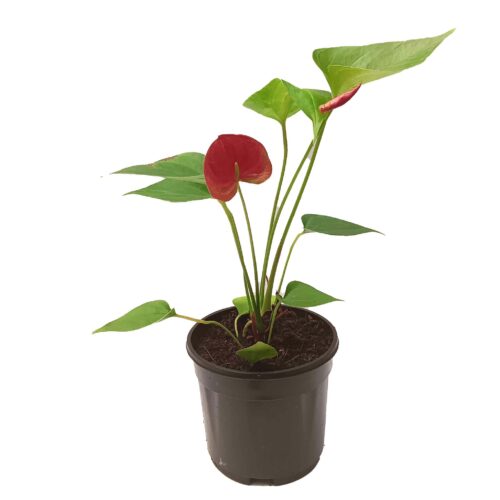South American Sagittaria subulata is an ideal, low-maintenance foreground plant with short runners that form a compact group. Individual plants should be spaced 2-4 cm apart. This plant may cause issues because, as it ages, it suddenly grows to a height of 50 cm in certain conditions. However, if it is then moved to the background, it may drop again. It occasionally sends a long flower stem to the surface of the aquarium, and small white flowers bloom just above the water’s surface.
Sagittaria subulata (Narrowleaf Sagittaria) is a grass-like plant with roots and, as the name implies, several long, narrow, green leaves. It can be grown emersed or submerged, and it reproduces prolifically via runners. It can also develop an extra stem that will flower just above the water’s surface. This adaptable plant can reach a height of 20 inches (51 cm), making it ideal as a mid-ground or background plant, depending on the size and height of the aquarium. Tall Narrowleaf Sagittaria can survive in salt water.
It is one of the simplest aquarium plants to care for. It can grow in a wide range of pH and temperature conditions. It does not require CO2 or excessive lighting, but it will look the best and grow the fastest with moderate to high lighting. It can develop red coloration on its leaves if kept in bright lighting and nutrient-rich water. Narrowleaf Sagittaria is not suitable for aquariums with destructive animals such as crayfish, large cichlids, or goldfish due to the thin width of its leaves.
Dwarf Sagittaria is a popular choice for adding subtle depth to your aquascape as a foreground plant. It can also grow tall enough to be an excellent mid- or background accent. This plant is simple to care for, making it an excellent choice for beginners. The plant is bright green and resembles broad blades of grass. It can be grown both emersed and submerged. A mature plant will send a stem to the tank’s surface and bloom small white flowers. It can grow in a variety of environments. It does not require CO2 to grow, but it grows much faster when it does. This plant is one of the few that can tolerate alkaline water. Dwarf Sagittaria grows well in low light but thrives in high light. The red tones in the leaves may be highlighted by the bright lighting. If the plant lacks iron, its leaves will become sickly and yellow, and it may require treatment with iron and other nutrients. Dwarf Sagittaria propagates easily and will form a dense carpet if left to its own devices. Pinch off the plant’s runners and plant them into the substrate to propagate.
Is Sagittaria subulata a plant that feeds on roots?
Dwarf Sagittaria from Greenpro have a strong root system that will tank nutrients from your substrate as a root feeder.
Can Sagittaria subulata be pruned?
The best way to trim the longer leaves is to pinch them off at the rosette.
Is Sagittaria in need of fertiliser?
If grown in low-tech conditions, dwarf Sagittaria does not require fertiliser. If you want to grow this plant to its full potential under good lighting and with CO2, you’ll need a nutrient-rich substrate.










Reviews
There are no reviews yet.